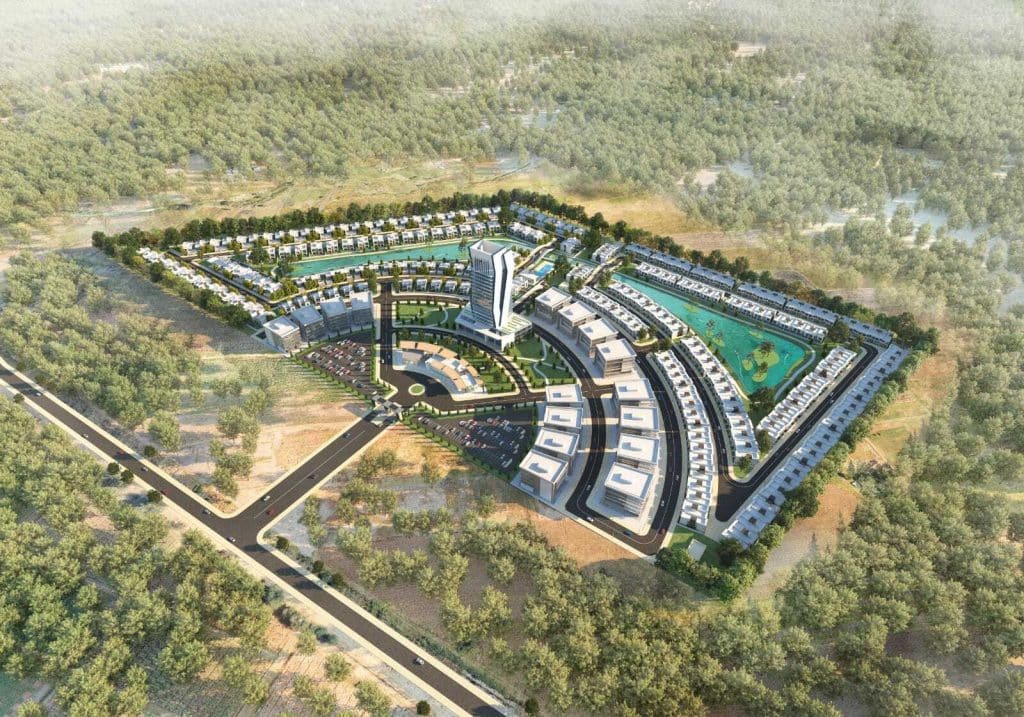In Zimbabwe, the ‘Zim Cybercity’ is being launched in Mount Hampden, west of the capital Harare. It is a smart city comprising 250 homes, including 80 luxury villas with green spaces, offices and commercial spaces connected to artificial intelligence (AI) as well as a digital transport system. The project is being led by the Zimbabwean Ministry of Finance and Economic Development.
While the total cost of $500 million (about Z$181 billion) is disputed by public opinion given the country’s economic impasse, the Zimbabwean authorities are banking on this major project to improve the living environment of at least 1.5 million people. The “Zim Cybercity” will also create jobs for young people, particularly in the digital economy sector, through blockchain, e-learning, etc.
This is the promise made by the Emirati industrial conglomerate MulkHoldings International, which is the project manager of the new capital of Zimbabwe. “Mount Hampden is the new Harare that will look like Dubai. The parliament building has already been built there and all the ministers are moving in. There is provision for 24/7 integrated advanced surveillance technology, directly linked to the security forces. The state has already allocated us land and permission to dig the ground,” says Nawab Shaji Ul Mulk, CEO of the multinational technology, health engineering and cricket economics company.
Read also-
“Zim Cyber City will attract knowledge workers and investment in new technologies. It will be an area that offers multiple economic benefits to commercial enterprises, combined with a lavish uptown lifestyle,” says Emmerson Mnangagwa, President of the Republic of Zimbabwe. The delivery of this smart city is highly anticipated in the East African country where up to 14.5 million people have access to digital connectivity (95% of the population), according to the Zimbabwe Postal and Telecommunications Regulatory Authority (POTRAZ).
Benoit-Ivan Wansi
